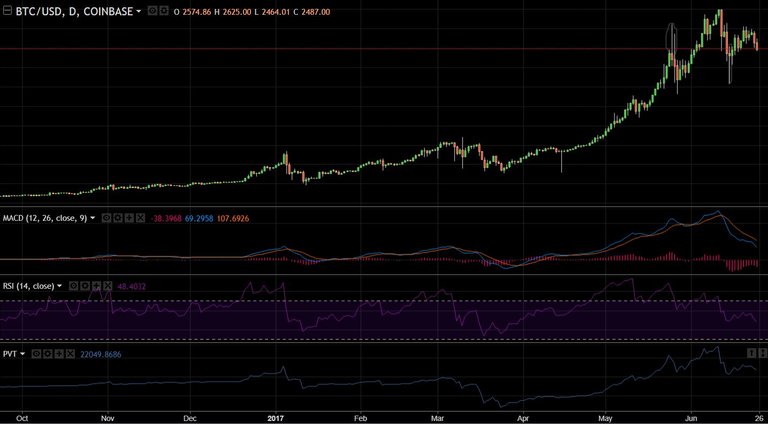
Here are a few quick tips that are absolutely critical.
Strategy
1) Don't invest more money than you can afford to lose
You'll hear this often in the crypto trading community because it's so true. Although in general, the cryptocurrency market should keep expanding for years to come, many of the coins that exist today, or that are even popular today, may not exist 3-5 years later. You don't want to put a lot of money in them and then see them go to zero.
2) Diversify
Diversification into multiple cryptocurrencies means not only that you minimize your investment risks, but also that you'll more often watch at least one of your trades make a profit.
Another benefit is that if you put no more than 2%-5% of your portfolio in a single trade, then you won't have too much anxiety about any single trade. If you put 30% of your money on a coin that you're "absolutely sure" it will rise, and then it doesn't, you're going to panic and exit that trade with a significant loss. If you don't have anxiety about your trades, you're going to make much more rational and smarter trades.
2) Don't sell at a loss
With very few exceptions (and after you consider the decision for a long time), you should never sell the coins that have dropped in value since the moment you bought them, even if they fall by 50% or more. The crypto trading market is a little different than the stock or forex markets in that there's a much higher chance that those coins will be up in value in a few days, weeks, or months, than not.
The cryptocurrency market is still in its early days and it could one day be worth trillions of dollars in market capitalization. That means there will be plenty of opportunities for most coins to go up in value. Remember, you only take the loss when you actually press the sell button and the price is lower than the purchase price.
Many beginner traders "panic sell" when they see a cryptocurrency going down in value even a little. The smart traders see the dip as an opportunity to buy those coins at a cheaper price and hold their investment until the price rises again and they are profitable. Be a smart trader - don't panic sell.
3) Save money to buy cheap coins
You'll need to save some money (at least 20%-30%) to buy coins when the market is down. Normally, you'd want to "convert" your successful trades and profitable coins into new trading opportunities. However, every now and then, it's likely that the market will go "down" (all of your coins will show losses), which means you would be failing rule #3 if you were to sell then and take the loss. You'd need to wait for the prices to increase again to be able to buy new coins. By that point, the coins you wanted to buy would be more expensive, too, because you weren't able to buy them cheaper.
Ideally, you'd keep your money in FIAT currency (USD, Euro, etc) in an exchange, or buy USDT (Tether), which is a cryptocurrency that has a stable value that's tied to the value of the USD. If the Bitcoin price is relatively stable or rising, then you can also allocate this portion of your portfolio in Bitcoin, and buy the other coins as needed. However, if Bitcoin value is about to drop, then you would be better off saving the money in FIAT or USDT.
4) Don't chase rapidly rising coin prices
The "fear of missing out" (FOMO) happens when people see a coin rapidly rise in value. They think the coin's value "has grown so much already, so it's bound to grow even more." But more often than not, you will buy that coin at the peak of its value, and then others will start selling right after you bought it, dropping the coin's value. You will most likely make a loss. Even if you get lucky with this strategy, it's a bad habit that's going to cost you in the long term. There are over 700 cryptocurrencies right now and the number is still growing every day. There are and will be plenty of opportunities from which to profit. You don't need to chase rapidly rising coins.
5) Anticipate price rises
The "trick" to making money with crypto trading is that you should learn how to anticipate when a coin's value is about to rise, which you can do through both fundamental and technical analysis. Instead of chasing a coin's price, you enter a trade before that chase even begins.
Fundamental Analysis
When you first get started with crypto trading you may be in a hurry to throw your money at some coins and see what happens. However, this can cost you, and then you may want to stop trading altogether.
Take the time to analyze the technology behind a certain cryptocurrency and the team developing it. The more promising the technology, the more expertise and credibility the team has, and the more of the product is already finished, the higher the chance that this coin's value will increase by a significant amount in the future.
This research is called "fundamental analysis" because you're going to evaluate how much the coin and the company behind it are actually worth and whether the value of the coin can increase much more in the future.
Part of the fundamental analysis is being up to date with the news from that company, so you may want to subscribe to some cryptocurrency news sites, and the companies' subreddits and Twitter profiles.
Technical Analysis
There are many things to learn about in regards to technical analysis, but when starting out, these are some of the most important things to master.
1) Support and resistance levels
Support levels get established as a "base" under which the price hasn't fallen in recent times. Also, once the price reaches that support level, it tends to go back up. That also means it's a good opportunity to buy the coin at that price point. Sometimes, even when there is strong support (the price has fallen multiple times to a certain level, but never beneath it), the price may still break through the line downwards and continue to fall. This is a risk you're going to take every time you trade. However, the stronger the support level, the lesser the chance that the price will fall under it.
Resistance levels are a similar concept, except these levels are the ceiling that has formed for a coin price, rather than a bottom (over a certain period of time). The price (or rather the buyers) has tried to break through that resistance level, but it couldn't, so it fell back down. Resistance levels are where you're supposed to take your profit.
"Buy low, and sell high" is a popular expression in trading, and it basically means buying at support levels and selling at resistance levels.
Support levels also tend to become resistance levels once they are broken, and vice-versa. What that means is that when the price breaks the support level, and it falls under it, the price won't be able to go back up past that support level for a period of time. Therefore, it becomes a resistance level. Once the price breaks above a resistance level, the price won't fall below that level either, for some time.
2) Trendlines
When you connect at least two low points or two highs with a line that goes through them, you create a trendline. This shows you how the price is moving and it generally shows where the price will be in the near future, once the price either drops or rises again from its current position. You can use this, for instance, when you've missed a recent opportunity to buy a coin that has just started to rise. Instead of chasing the higher price, you can wait for it to fall down on the trendline and buy it there at a still reasonable price.
3) Fibonacci tool
Fibonacci is a sequence of numbers where after 0 and 1, the numbers next in line are the sum of the previous two (0, 1, 1, 2, 3, 5, 8, 13, 21, 34, 55, 89, 144, etc), and also approximately 1.61 larger than the previous number. This 1.61 ratio is called the "Golden ratio." It's everywhere in nature and also used in architecture and design. Its inverse is 0.61.
All you really need to know about it is that you can use the Fibonacci tool available on your exchange's website to trace how the prices will be moving. For instance, after a rapid rise in the value of a coin, it generally falls down to the 61.8% line, as seen in the picture below. You can use this as confirmation that it's the right time to buy the coin. The price can also fall down to any other Fibonacci level, so you need to properly evaluate the situation.
4) Double bottom/double top reversal
The double bottom pattern, seen below, is when a downwards trend should reverse. If the chart creates a "W" after a downwards trend, and the second touchdown is higher than the first, chances are high that the price will keep rising from that point forward, often significantly.
On the other hand, if after a "bull run," an "M" is created on the chart, where the second peak is lower than the first, chances are the price will continue to go down. These two are patterns are important because they can show you when it would be good to enter or exit a trade.
5) Cup and handle pattern
The cup and handle pattern is a strong signal that the price is about to go way up.
6) Candlesticks
It's not necessary to learn about candlesticks from day one. However, learning about candlesticks and which ones are the most representative for a trend reversal is going to help you in the long term to have more confidence in picking entry or exit points for a trade.
7) MACD, RSI, Price Trend Volume, Etc
Indicators such as MACD, RSI, and Price Trend Volume don't predict price moves, but rather confirm them. Therefore, they are used to show you whether or not you're making a good call buying a coin at a certain price when you can't determine this by yourself in other ways. It's best not to overload your charts with indicators, but they can sometimes help when other patterns are not as clear. The indicators can bring a little more clarity into a trade.
Tools
To check how the coins are doing or how have they been doing since they've launched, use CoinMarketCap.com. I would also recommend CryptoCompare.com to see how your trades are doing in real-time, and Blockfolio or Tab-Trader for mobile.
When you first get into trading, you'll need to use an exchange that can convert USD or Euro into Bitcoin or Litecoin. For Europe, I recommend Bistamp, and for the U.S. Gemini (newer one) or Coinbase.
Afterward, you can transfer those Bitcoins or Litecoins to an exchange with many altcoins. Bittrex is one of the most popular exchanges with the most "altcoins," and it's the one I recommend, even though it can be a little hard to get used to at first.
I have no affiliation with either of these recommendations.
I'll soon begin to publish several price analysis posts per day on Steemit for the coins I think would represent a good investment either in the long term or in the short term and what price points would be a good entry. If you want to see them, please follow me here on Steemit.
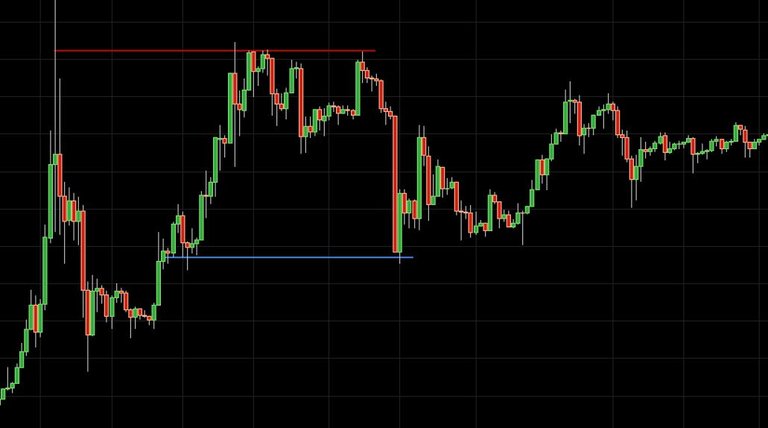
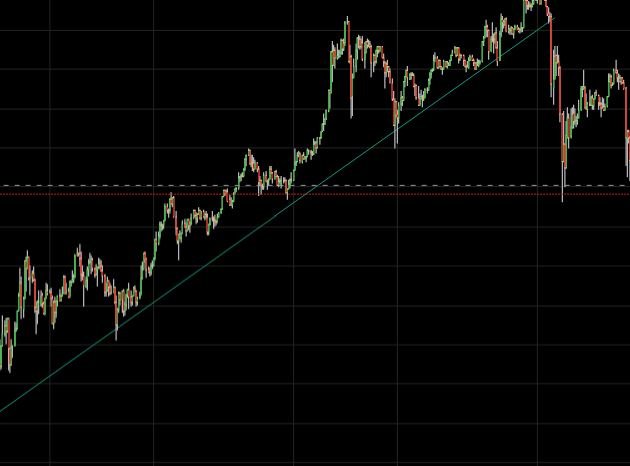
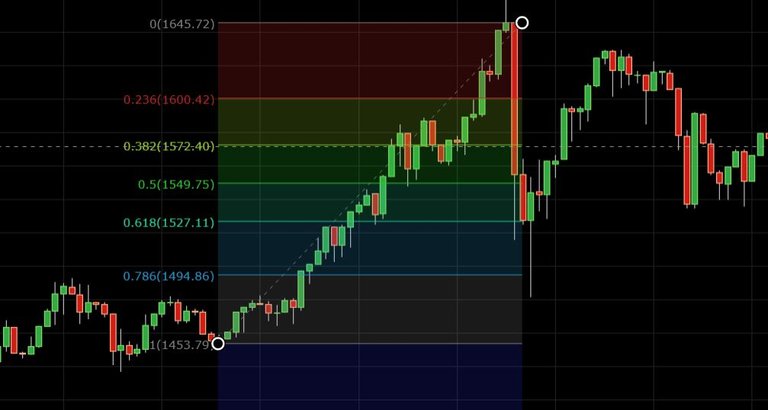
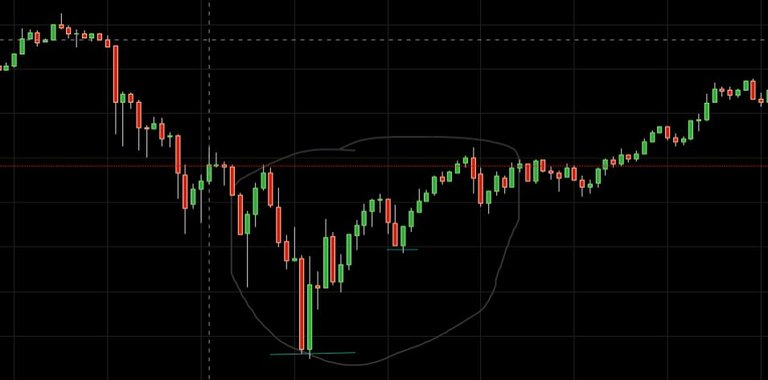
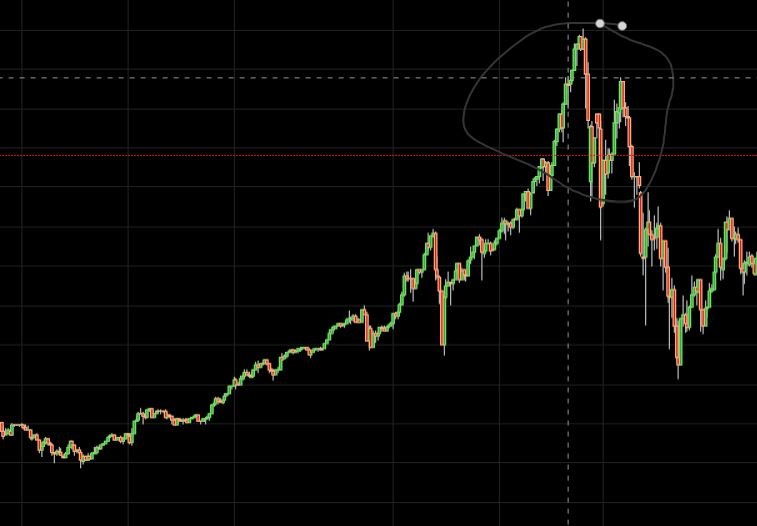
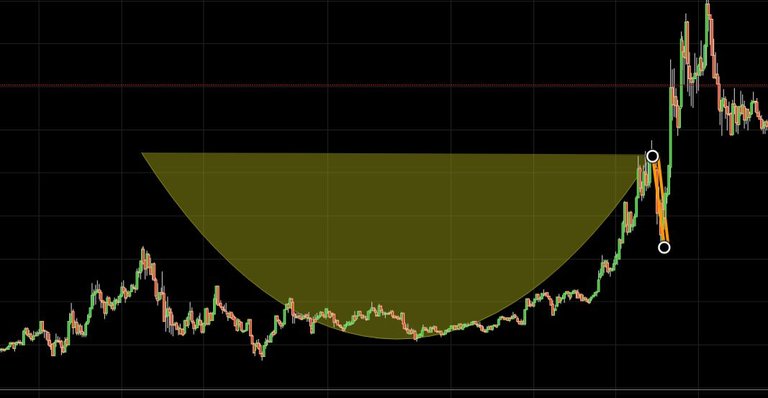
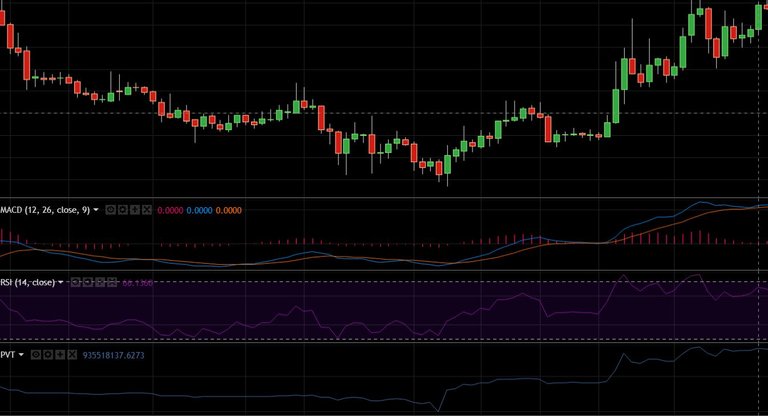
OMG!!!! Good Crypto trading summary mate!!! I cannot understand no one has commented! Very readable and synthetic .
Thanks
Thanks, I appreciate the feedback. It was one of my first posts on this platform, so that's probably why.
Indeed
Very simple explanation i will save in my favorite and come back to it time to time
nice and clear explanation. I can keep this as my guide specially now that I have joined trading contest on IOG this will help me a lot.
The post is almost 2 years old, but still a great source of information. I have created myself also a guide for crypto beginners, but it rather focuses on day trading CFDs, if you would have a look, please see - https://tradingbeasts.com/cryptocurrency-trading-for-beginners/ . I would also really appreciate from you Jarexx to tell me what you think about my post, is it any good?